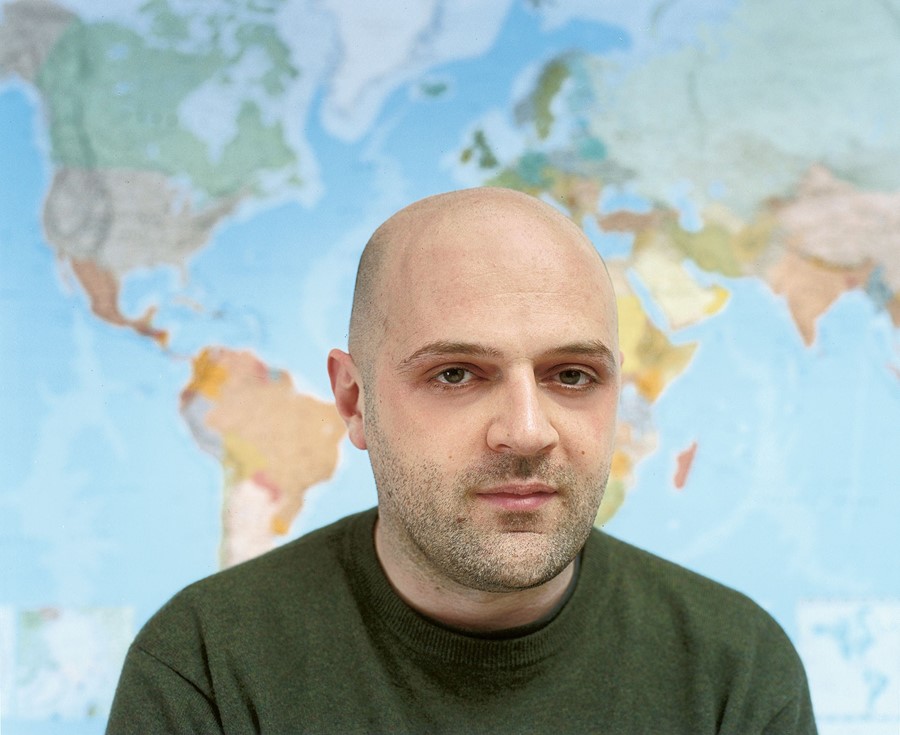On the eve of the lauded designer’s birthday, we revisit an interview from AnOther Magazine in which he discusses his interest in his DNA
“Most people who know me know that I am obsessed by migration, historical debate, geography and how they influence culture. I often ‘interrogate’ people I meet for the first time about their backgrounds as a warm up to the friendship. Around three and a half years ago, I decided to interrogate myself and to understand my ancient background, by taking a DNA test. I was trying to see the connections between my DNA results and the history of Cyprus. When the genetic anthropologist I was working with called, he first gave me the results of the DNA sequence I inherited from my mother (mitochondrial DNA). He called it the classic ‘Cambridge reference’, a sequence that is very common in Europe. Then he said that my ‘Y’ chromosome (male line) – which he mockingly called ‘the sexiest’ – was actually the same as his – Viking (and we are talking about someone who is as English as they come). The maternal side didn’t seem so strange, as throughout the Ottoman times, wives of most of the sultans were of European descent, also Cyprus was a Venetian island before it became Ottoman. I pretty much expected the male side to be the same or at least Celtic (all my father’s side have red hair and freckles).
“However, the Viking gene apparently had come from explorers and traders, who arrived in Istanbul between the 10th and 11th centuries via the Dnieper river from Russia. Both my parents and I know ourselves as Turkish Cypriots; but I also see myself as a Londoner with strong connections to Istanbul. Knowing about the DNA sequences I’ve inherited from my parents did not suddenly mean that I would start to identify myself with continental Europe, with Swedes, Danes or the English, or to deny my Turkishness. But it really made me wonder about who we think we are, and whether our connections to geography and our definitions of identity are as set as we think they are. However, all said, in my case, I’ve always functioned better in cold climates, I love exploring, am constantly creating new trade routes, and have an innate interest in languages as if I already know them...”
Fashion designer Hussein Chalayan is preoccupied with both anthropology and technology. His latest collection features a sequence of five mechanical dresses, which metamorphosed on the catwalk to chart the development of fashion from 1895 to the present day.
This article originally appeared in AnOther Magazine Spring/Summer 2007.
